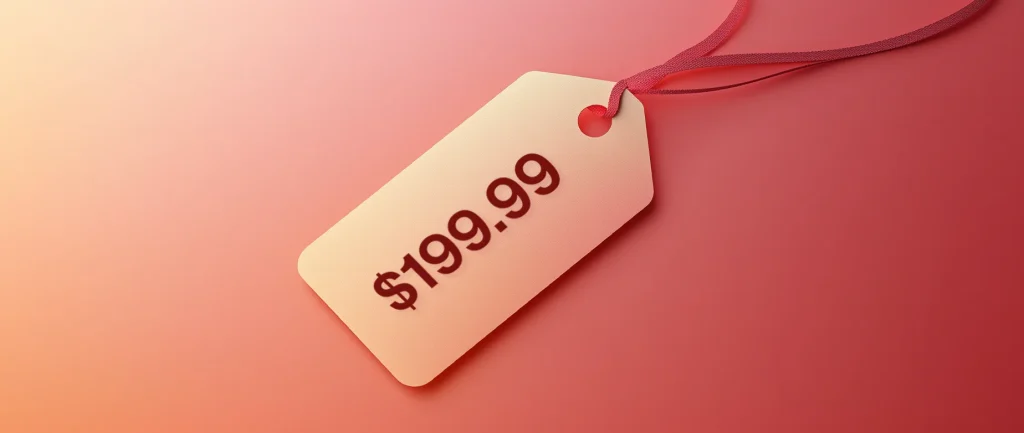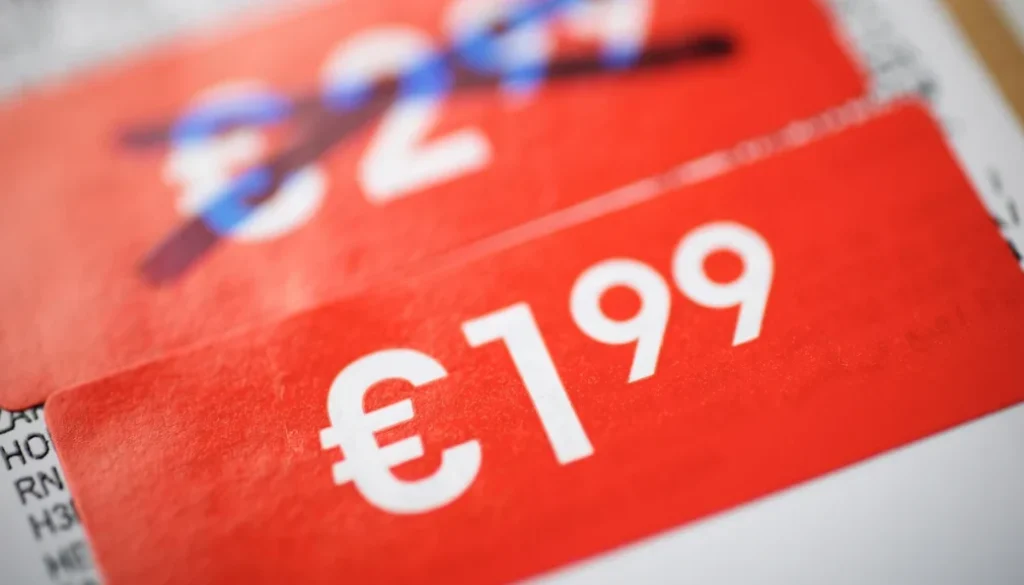When it comes to boosting sales, most businesses focus on generating new leads or expanding their audience. But what if the secret to increasing revenue lies not in finding new customers, but in tweaking how you present your prices? Welcome to the fascinating world of pricing psychology, a powerful strategy that uses subtle, science-backed techniques to influence buying behavior. From the magic of charm pricing to the allure of bundling, small changes in how you structure and display prices can have a huge impact on your bottom line. In this article, we’ll explore how you can use these psychological principles in order to get more sales without spending anything on getting new leads.

What Is Pricing Psychology and Why Does It Work?
Pricing psychology is the art and science of strategically setting prices to influence customer behavior and perceptions. It’s not just about the numbers, it’s also about how those numbers make people feel. By understanding how the human brain reacts to pricing cues, businesses can influence purchasing decisions without customers even realizing it.
For example, ever wonder why $9.99 feels cheaper than $10? That’s charm pricing at work, leveraging our tendency to focus on the leftmost digit. Or why a “limited-time offer” makes you want to act fast? That’s the power of scarcity creating urgency.
Pricing psychology works because it taps into universal cognitive biases and emotional triggers. When done right, it can make your products feel more valuable, your deals more tempting, and your customers more likely to buy, all without changing the product itself.
The Role of Bundling: Making Customers Feel They’re Getting More
Bundling is a pricing strategy that combines multiple products or services into a single package, often at a discounted price. The magic of bundling lies in its ability to make customers feel like they’re getting more value for their money. Instead of evaluating the cost of each individual item, buyers focus on the perceived savings and convenience of the bundle.
For example, a streaming service offering a “family plan” with multiple accounts at a lower price per user feels like a better deal than paying for individual subscriptions. Similarly, a skincare brand bundling a cleanser, toner, and moisturizer into a discounted set creates the perception of a complete solution at a bargain.
Bundling works because it simplifies decision-making, improves perceived value, and taps into our love for deals. When done thoughtfully, it can increase sales, boost customer satisfaction, and even encourage customers to try products they might not have purchased individually.
How to Test and Optimize Your Pricing Strategy for Maximum Impact
Testing and optimizing your pricing strategy is the key to unlocking its full potential. Start by experimenting with different pricing models, such as charm pricing, bundling, or tiered options, and see what resonates most with your audience. A/B testing is your best friend here, present two versions of a price or offer to different customer segments and analyze which performs better.
Pay close attention to metrics like conversion rates, average order value, and customer retention. These insights will reveal how pricing changes impact both short-term sales and long-term loyalty.
Don’t forget to gather qualitative feedback, too. Surveys and focus groups can show how customers perceive your pricing and what they value most.
Finally, treat pricing optimization as an ongoing process. Market trends, competitor strategies, and customer preferences evolve, so regularly revisit and refine your approach to stay ahead. Small tweaks can lead to big results over time.
Conclusion
Trying out pricing psychology into your strategy can transform how customers perceive value, driving sales without extra leads. By using techniques like charm pricing, bundling, and testing, you can optimize your approach for maximum impact. Small, thoughtful changes to pricing can create big wins for your business, thus boosting revenue and customer satisfaction alike.




